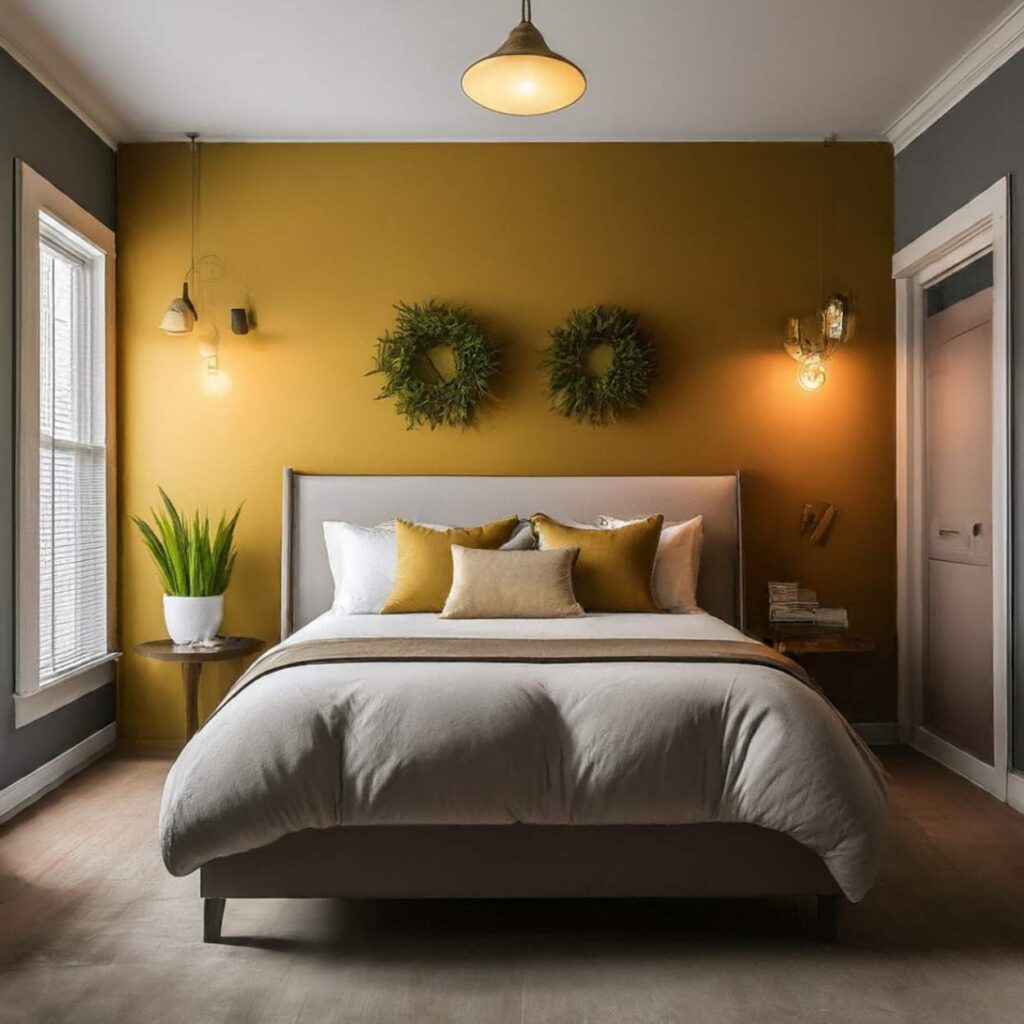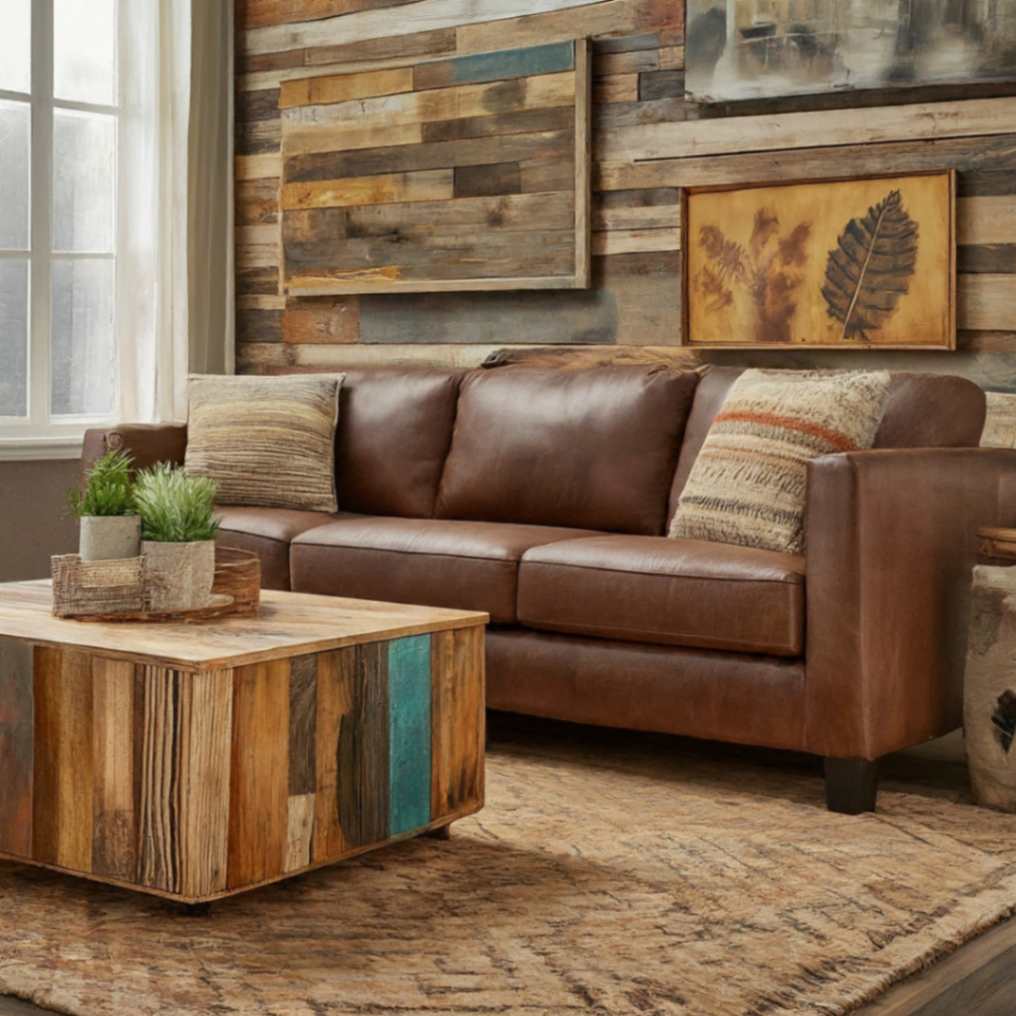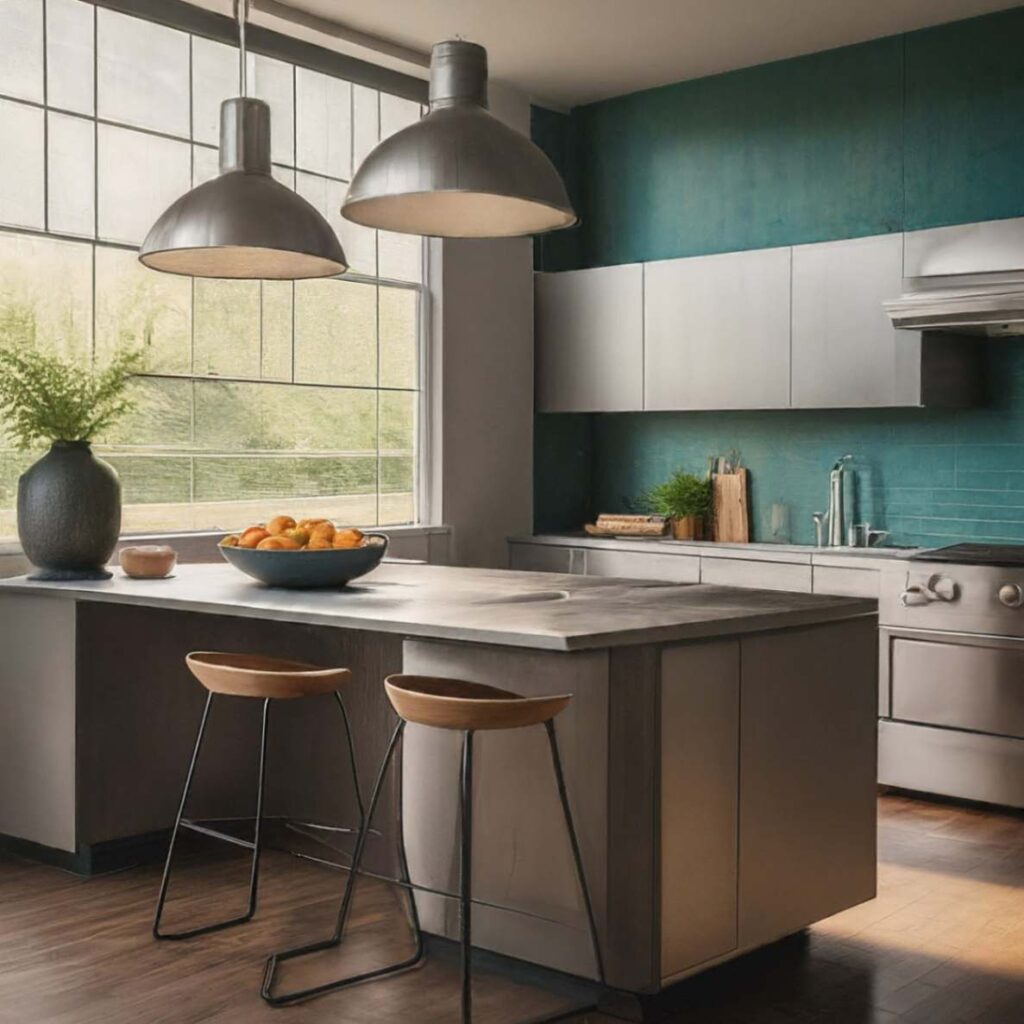2024's Hottest Home Fit-Out Trends You Can't-Miss

Home Fit-Out Trends 2024
In interior design, home fit-out trends are always changing to reflect lifestyle shifts, technology advancements, and style preferences. These trends influence everything from furniture choices and colors to materials and how rooms are arranged, shaping how spaces look and feel.
Why Keeping Up with Trends Matters
It’s important to stay updated with home fit-out trends for a few reasons. First, it helps homeowners create modern and inviting spaces that feel current. Trends often bring in new ideas like eco-friendly materials, ergonomic designs, and smart home tech, improving comfort and efficiency.
Following trends also lets homeowners personalize their spaces while keeping them functional. Whether it’s using minimalist styles for calmness or adding natural elements for a connection to nature, trends give inspiration for making spaces fit personal style and everyday needs.
Impact on Home Value and Look
Trends have a big effect on how homes are valued and how appealing they look. Homes that follow current design trends often sell for more and attract more buyers. For example, using timeless features like natural light, open layouts, and sustainable materials not only looks good but also keeps homes attractive in the long run.
Following popular trends can make a home look unique and memorable too. Whether it’s using standout furniture, new textures, or bold colors, design that’s up-to-date makes homes feel nicer to be in and makes them more likely to be wanted by buyers.
Following trends also lets homeowners personalize their spaces while keeping them functional. Whether it’s using minimalist styles for calmness or adding natural elements for a connection to nature, trends give inspiration for making spaces fit personal style and everyday needs.
Popular Eco-Friendly Materials in Sustainable Design
In sustainable design, choosing the right materials is crucial for reducing environmental impact and creating healthier living spaces. Here are some eco-friendly materials and why they’re popular:
Reclaimed Wood:
Reclaimed wood is loved for its rustic look and eco-friendly benefits. It’s sourced from old buildings or furniture, which reduces the need for new timber and helps preserve forests. Each piece has a unique story and adds character to furniture and decor. It’s durable and looks great, making it a top choice for eco-conscious designers and consumers.

Bamboo:
Bamboo grows fast and is very renewable. It’s used for everything from floors to furniture because it’s strong and flexible. Bamboo adds a natural touch to modern homes and is biodegradable, so it doesn’t harm the environment.

Recycled Metals:
Metals like aluminum and steel can be recycled over and over without losing quality. Using recycled metals in construction and decor saves energy and reduces greenhouse gas emissions compared to mining new materials. They’re durable and come in lots of styles, making them great for sustainable design.

Low-VOC Paints:
Regular paints can pollute indoor air with chemicals called VOCs, which are bad for health. Low-VOC and zero-VOC paints are safer alternatives because they emit fewer harmful chemicals like formaldehyde. They come in many colors and finishes, so you can still have style without hurting the environment.

Benefits of Sustainable Design
Helps the Environment:
Sustainable design lowers the carbon footprint by saving natural resources, cutting down on waste, and promoting recycling. Using eco-friendly materials like reclaimed wood and bamboo reduces deforestation and protects wildlife. Recycled metals and low-VOC paints also help by cutting greenhouse gases and air pollution.
Good for Health:
Choosing sustainable materials improves indoor air quality by reducing harmful toxins. Low-VOC paints, for example, lessen breathing problems and allergies that can come from regular paints. Natural materials like bamboo and reclaimed wood are safe and comfy, making homes healthier and nicer to live in.
Popular Color Schemes: Rich, Deep Hues and Vibrant Accents
In interior design, color schemes set the mood and feel of a room. Today, rich, deep colors like navy blue, emerald green, and burgundy are trendy for their cozy and luxurious vibe. These colors are perfect for spaces like living rooms and bedrooms where comfort is key.
To add excitement, vibrant accents in shades like mustard yellow, burnt orange, or royal purple are used. These colors can be added through furniture, accessories, or artwork to bring energy and personality to a room. For example, pairing deep blue walls with mustard yellow cushions creates a lively yet balanced look.
Using Patterns in Interior Design: Geometric Designs, Wallpapers, and Textiles
Patterns are another way to enhance a room’s style. Geometric designs with clean lines and shapes are popular for their modern and structured appearance. They can be added through wallpapers, rugs, or upholstery to give a room a contemporary feel.
Wallpapers are back in style, offering a way to express creativity. They come in various textures and prints, from botanical motifs to bold stripes, transforming plain walls into focal points. Textiles also play a role with patterns like Moroccan prints on cushions or chevron stripes on curtains, adding to the room’s theme and atmosphere.
Conclusion
In conclusion, today’s interior design trends focus on rich colors and creative patterns to personalize living spaces. Whether choosing deep hues for warmth or geometric patterns for modernity, homeowners and designers are embracing their unique style preferences. By combining colors and patterns thoughtfully, rooms become stylish retreats that reflect individual tastes and enhance home harmony. These trends not only refresh interiors but also create spaces where personal connections and comfort thrive.
Wallpapers are back in style, offering a way to express creativity. They come in various textures and prints, from botanical motifs to bold stripes, transforming plain walls into focal points. Textiles also play a role with patterns like Moroccan prints on cushions or chevron stripes on curtains, adding to the room’s theme and atmosphere.
Also Read- Home Interior Design Ideas